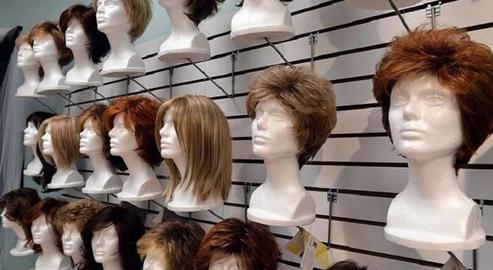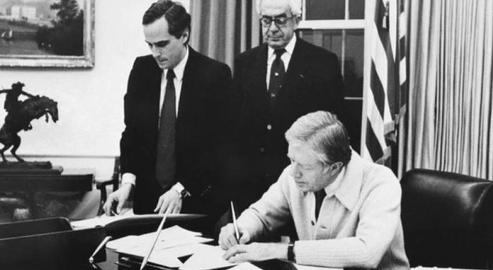"We buy your healthy hair." Adverts with this and similar titles are plastered across Divar, an Iranian classified ads website not dissimilar to craigslist. In this online marketplace, users can buy and sell almost anything: from old sofa cushions to luxury apartments, to a curious but sometimes highly-valued commodity: human hair.
"I advertised my daughter's thick, healthy, non-dyed hair, which was about 45 centimeters long at the time, for 800,000 tomans (US$36)," says Fatemeh, the mother of a 10-year-old girl. “But everyone who called said the price was too high, and in the end I had to be satisfied with 600,000 ($27)."
A burgeoning market for natural hair in Iran has been observed for several years now. Depending on its length, volume, quality, and whether or not it is dyed, a full head of hair generally sells for 300,000 to one million tomans ($13 to $45). After being modified it can be sold on in the form of wigs or hair extensions at several times the price.
Soroush is the administrator of an Iranian wig trader’s webpage. He tells IranWire: "There are two types of wigs from natural hair: domestic and imported.
“The domestic ones come from citizens inside the country who want to sell their hair, and the imported ones come from European countries, from places that I cannot reveal.” Notably, he adds: “The price of Iranian hair is different from that of imported hair.
"Iranian wigs cost three to six million tomans ($130 to $260) depending on the color and length. But foreign wigs are sold for four to 10 million tomans ($174 to $435), because foreign natural hair travels a long way to reach the country and changes hands a few times before reaching us. In addition, imported hair is cleaned and disinfected in the country of origin, with special disinfectants that are not available in Iran."
Soroush also says that foreign hair is generally of “better quality” than Iranian hair. “Iranian hair is usually weaker and less lively. Foreign hair is often healthier, perhaps because it is always loose, exposed to the sun and air, and better nourished."
Hair is usually sold in either “branches” – short sections – or by weight. Samira, who does hair extensions at a beauty salon in Iran, says she works with both Iranian and foreign natural hair but mostly advises her clients to opt for foreign hair because it is more “vibrant and durable”.
“Depending on whether or not it is dyed,” she says, “I buy Iranian hair from branch sellers at two to seven thousand tomans ($0.09 to $0.31) and sell them to customers for 20,000 to 30,000 tomans each (£0.90 to $1.30). I buy branches of foreign hair from a cosmetics seller on Manouchehri Street for 30,000 to 100,000 tomans ($1.30 to $ 4.40) each.
“While a full head of Iranian hair extensions costs two to three million tomans ($90 to $136), the price of foreign hair extensions starts from four million and goes up to 15 million ($181 to $679). Because when a foreign brand comes up, the customer shows much more enthusiasm and is willing to pay many times more."
Shahrbanoo Abedi, president of the Women's Hairdressers' Union in Iran, has stated that buying and selling hair for extensions in hairdressing salons is not prohibited, but it is prohibited by law “if it is for trading".
But the nature of communications in Iran’s online markets suggests most of the would-be buyers are engaged in hair trading and brokerage. These intermediaries buy Iranians’ cut hair and then sell it on to hairdressers and wig makers, taking a portion of the profits themselves. How foreign hair finds its way into the country and at what price is, of course, another story entirely.
One of the most important issues in this business is health and safety. Some professionals, such as Nasrin, a dermatologist and hair specialist, are wary of using natural hair. “Hair health,” Nasrin says, “especially that of the imported type, is crucial. Because this hair does not enter the country via official and legal channels, it does not meet the health standards of its country of origin or those of our own country. For this reason, it is best to be cautious. If a person insists on human hair extensions, because this hair, like their own, absorbs environmental pollutants and can even absorb germs or mould, it’s best to wash it regularly and keep them clean."
But Masoumeh, another dermatologist and hairdresser, insists: "If the prepared hair is bought from a healthy person or from a reputable place, there is no problem in using it."
This article was written by a citizen journalist in Tehran under a pseudonym.
visit the accountability section
In this section of Iran Wire, you can contact the officials and launch your campaign for various problems


























comments